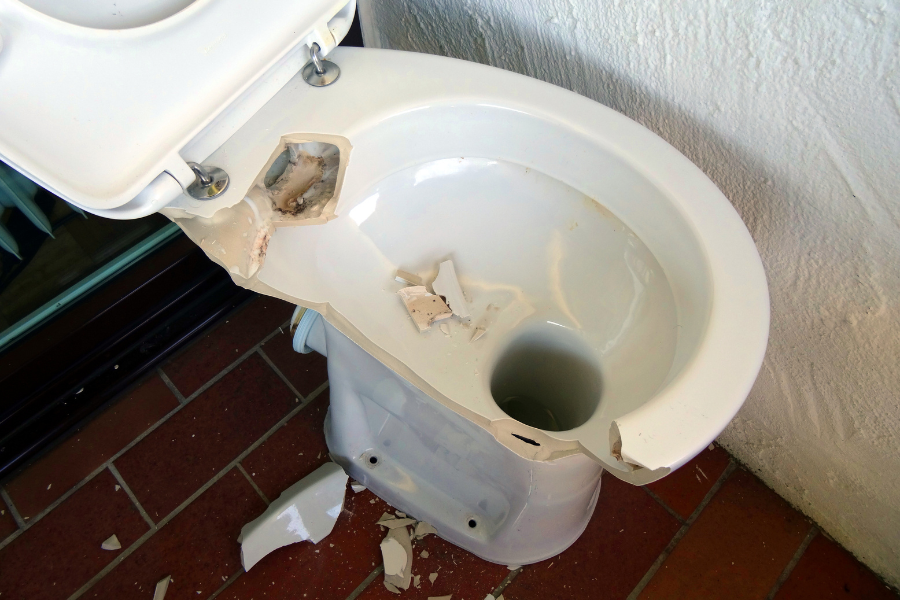Design strategies, materials, and operational choices that reduce damage and downtime
Public toilets are often unattended, exposed, and heavily used—exactly the kind of environment where vandalism, theft, and misuse can spike. The goal isn’t to make facilities feel “fortified,” but to design them so damage is harder to inflict, easier to clean up, and less costly to fix. LooCube™ systems from WCTNZ® apply proven CPTED principles alongside robust materials and fittings to keep assets open, safe, and presentable.
Why vandal resistance matters
From windy coastal reserves to inner-city transport hubs, New Zealand sites face salt air, high UV, and bursts of peak usage. Many facilities are unstaffed for long periods, so durability, cleanability, and fast repair are essential to keeping OPEX under control and communities well served.
Design first: CPTED done well
- Natural surveillance: clear sightlines to doors and approaches; no entrapment corners.
- Lighting and legibility: consistent, glare-free lighting inside and out; obvious entries and routes.
- Territorial cues: tidy finishes, good signage, and maintenance signal “this place is cared for.”
- Access control: door hardware and layouts that discourage lingering or tampering.
Materials that resist damage—and the elements
- FRP (fibre-reinforced polymer) panels: tough, non-corroding, and impact-resistant; ideal for coastal or high-humidity sites.
- Coated steel structure: protected against corrosion and designed for long service life.
- Easy-clean interior surfaces: smooth, wipe-clean linings reduce turnaround time after incidents.
- Anti-graffiti coatings (optional): sacrificial or permanent systems to make tagging removal straightforward.
Fixtures and fittings that don’t “walk”
- Vandal-resistant accessories: polished stainless mirrors, basins, and pedestals with concealed fixings and security fasteners.
- Robust hardware: tamper-resistant locks, closers, and hinges selected for high-use public settings.
- Water controls: durable, low-maintenance taps and flush options; timed or sensor-activated where appropriate.
- Operational options: auto door closers, utility shelving, and signage sized and fixed to resist leverage.
- Remote/site monitoring (optional): usage counters or sensors to inform cleaning schedules and detect out-of-hours activity.
Off-grid ready without sacrificing resilience
LooCube™ buildings can run with waterless composting or low-water systems, holding tanks, or connect to septic/sewer where available. Solar-powered lighting and FRP ramps (non-slip, drain-through grating) support safe, compliant access and reliable night-time visibility—without fragile kit or complex maintenance.
Maintenance made simpler
Specify standardised, replaceable components, internal surfaces that tolerate detergent wash-downs, and fittings fixed from the protected side. Keep spare part kits on hand so minor repairs don’t take a facility offline.
Example scenarios (illustrative)
- Urban skate park pavilion: vandal-resistant mirrors and basins, anti-graffiti interior finish, sensor lighting, and CCTV-friendly sightlines.
- Coastal picnic reserve: FRP cladding, stainless fixtures, solar lighting, and holding tank—no rust risk, minimal servicing.
- Suburban bus interchange: robust multi-cubicle layout, easy-clean surfaces, timed taps, and CPTED-aligned entrance orientation.
How LooCube™ helps NZ asset owners
- Built for public use: materials and fittings selected for heavy wear and hard knocks.
- Lower lifecycle cost: faster cleans, fewer call-outs, and quicker repairs.
- Configurable layouts: single, twin, ambulant, and fully accessible options—with stores or plant rooms as required.
- Fast delivery: prefabricated kit-set assembly reduces on-site time and disruption.
Planning a vandal-resistant facility?
We can help you match layout, materials, and fittings to your risk profile and site conditions—urban or remote, serviced or off-grid. We’ll provide NZ-specific specifications, drawings, and budget options. Contact WCTNZ® for design and pricing.
